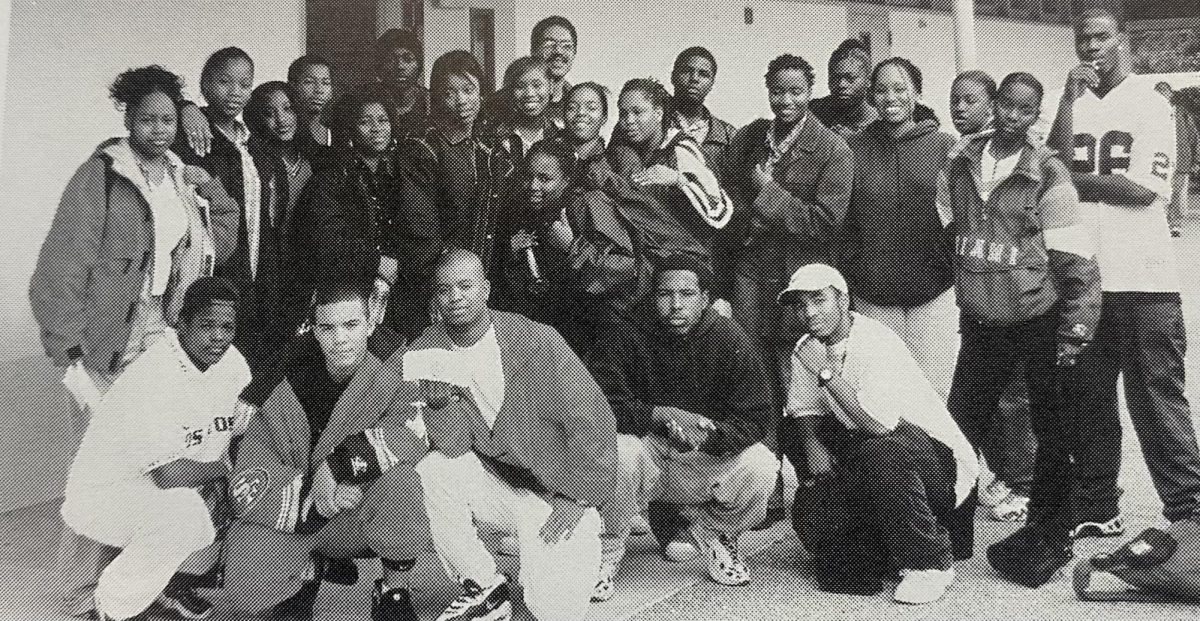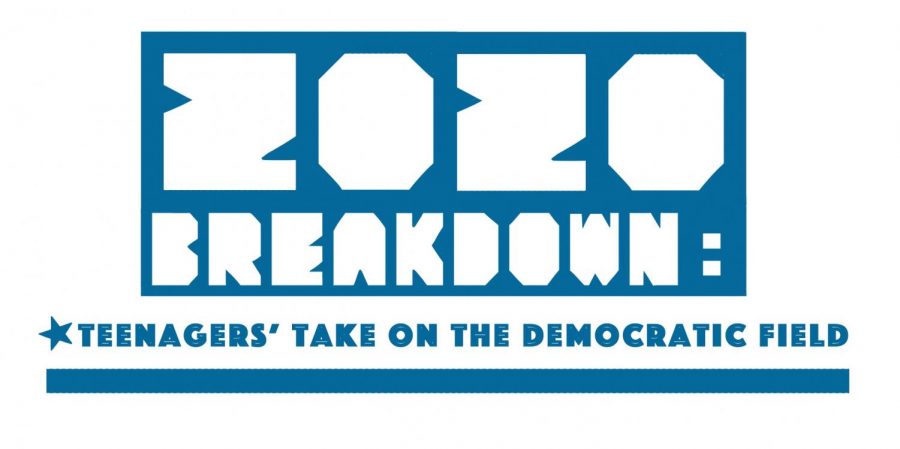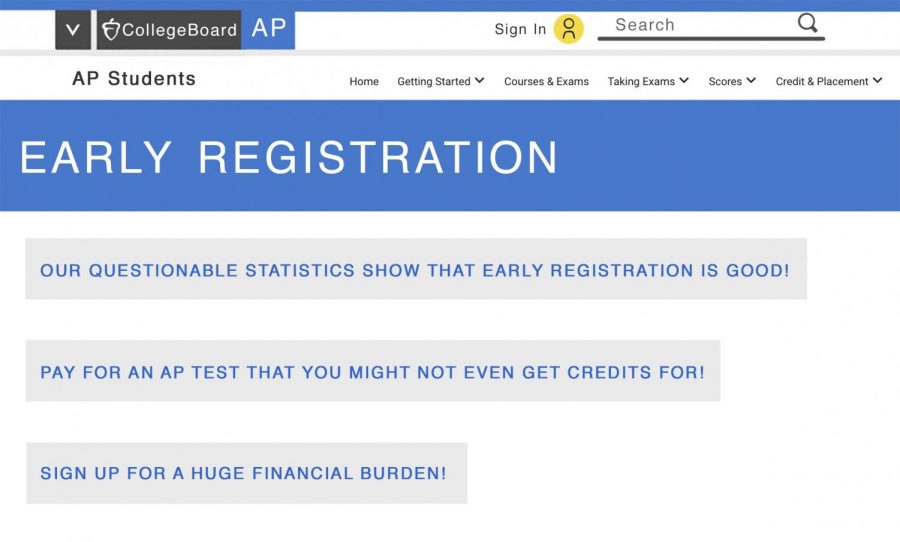The Talon examined work force demographics and compared them to those of the school’s classes. Here’s what we found…
Only seventeen percent of Google’s employees are female. Other Silicon Valley technology companies have even lower percentages of female employees— only around 6 percent of Dropbox’s engineering team is female, while female engineers make up approximately eight percent of Yelp’s engineering staff, according to the Washington Post.
Tradition in all forms—stereotypes, mindsets and prejudices—is a difficult thing to break, and this can be seen acutely in the ongoing gap between male and female participation in STEM-related fields.
At the high school level, there also exists a gap in male participation in humanities, but this gap begins to close at higher professional levels. In comparison, the gap in female participation in STEM increases at higher levels.
Meg Urry, a pioneer in the field of astrophysics who earned her Ph.D. from Johns Hopkins, attributes this gap to the difficulty of success for women in science and math from a professional standpoint. The effects of this discouraging environment can be seen in its influence on women’s academic choices in high school and college.
“[I came to the] gradual realization that women were leaving [STEM] professions not because they weren’t gifted but because of the slow drumbeat of being underappreciated, feeling uncomfortable and encountering roadblocks along the path to success,” Urry wrote in an essay for the Washington Post.
One of the biggest roadblocks women in STEM fields face is the wage gap between men and women. Claudia Goldin, a Harvard University labor economist and a leading scholar on women and the economy, collected data illustrating that the majority of the pay gap between men and women comes from wage discrepancies within different occupations.
Take doctors and surgeons, for example. Women working as one of these two professions earn 71 percent of men’s wages. Women working as computer hardware engineers earn 84 percent of what men working in the same occupation earn, while female software engineers earn 88 percent of what their male counterparts earn.
Whether from gender discrimination or a lack of women in higher career positions, the wage disparity is a symptom of the larger issue of representation and gender balance plaguing our society.
However, gender breakdowns of LAHS classes show a divide, but not one near the same magnitude that is reflected nationally. Though the gap between men and women in the national workforce is starker, the gender imbalance at LAHS is still significant.
“I genuinely think it’s about representation,” junior Julia Khan said. “It’s about, to quote Alice Walker, ‘You can’t be what you can’t see.’ And if there aren’t equal amounts of men and women in these classes, then
you think that’s the norm that you just have to go with…And maybe you don’t physically realize it, but it comes through… if you’re not like the people around you, you feel ostracized and uncomfortable.”
For example, certain advanced math and science classes such as AP Computer Science and Multivariable Calculus have overwhelmingly male enrollment. The robotics class this year has 26 boys and only four girls.
However, robotics student sophomore Ginger Schmidt is unfazed by the number of boys in her robotics class.
“I’ve never felt held back by gender imbalances,” Ginger said. “Instead, I believe it has encouraged me to work harder so I can prove that girls can be equally successful as a boys, if not more.”
Students like Ginger show the potential for gender equality in all fields of study at the school level, but this hope is not similarly reflected at the professional level. Though efforts are being taken to close the gap at all levels, the rate of change in schools is much higher than that of the professional workplace. There is still a lot of work to be done before the gender ratio in the workforce can even vaguely resembles the population.













